A chilling rise in cases of a rare but lethal human flesh-eating bacterial infection has gripped Japan following the easing of COVID-19 restrictions. Known as Streptococcal Toxic Shock Syndrome (STSS), this nightmarish disease can kill within just 48 hours of infection. Japan has already recorded nearly 1,000 cases this year alone, surpassing last year’s numbers read more
)
Japan’s Health Ministry had recorded 977 cases of streptococcal toxic shock syndrome (STSS), as of 2 June. Image used for representational purposes/Pixabay
Following the easing of COVID-19 restrictions, Japan has experienced a concerning increase in cases of a rare and deadly flesh-eating bacterial infection. Known as Streptococcal Toxic Shock Syndrome (STSS), this terrifying disease can be fatal within just 48 hours of infection.
According to data from Japan’s National Institute of Infectious Diseases, the country has already reported nearly 1,000 cases this year, exceeding last year’s total.
What is STSS?
STSS is a severe infection caused by Group A Streptococcus (GAS) bacteria. The bacteria produce toxins that trigger a hyper-inflammatory response in the body, leading to rapid tissue necrosis, extreme pain, and shock. The bacteria can swiftly enter the bloodstream and organs, causing multi-organ failure in a short period.
Initial symptoms of STSS include fever, muscle pain, and vomiting, but the condition can quickly turn life-threatening with low blood pressure, swelling, and multiple organ failure as the body goes into shock.
According to the US Centers for Disease Control and Prevention (CDC), “Even with treatment, STSS can be deadly. Out of 10 people with STSS, as many as three people will die from the infection.”
A look at the surge in STSS cases in Japan
As of 2 June, Japan’s Health Ministry had recorded 977 cases of STSS, which has a mortality rate of up to 30 per cent. Between January and March, 77 people died from the infection. This ongoing outbreak in Japan has already surpassed last year’s previous record of 941 preliminary infections – the highest since statistics began in 1999.
Last year, 97 deaths were reported due to STSS, the second-highest number of fatalities in the past six years.
Ken Kikuchi, a professor at Tokyo Women’s Medical University, highlighted the rapid progression of the disease, noting, “Most of the deaths happen within 48 hours of noticing initial symptoms.” The rise in cases may be due to people’s weakened immune systems following COVID-19.
“We can boost immunity if we are constantly exposed to bacteria. But that mechanism was absent during the coronavirus pandemic,” Kikuchi told NHK. “So, more people are now susceptible to infection, and that may be one reason for the sharp rise in cases.”
Can it spread to other countries?
Although the current outbreak is in Japan, there is potential for global spread due to international travel. To prevent STSS, maintaining good hygiene, such as regular hand washing and prompt treatment of any skin injuries, is crucial. Early signs like sudden severe pain, high fever, and redness at a wound site should prompt immediate medical attention.
Public health measures, including monitoring and a quick response to new cases, are essential to contain the spread of this dangerous infection.
Also Read | Human case of bird flu detected in India: Should we be worried?
Japanese health authorities are actively monitoring the situation and working to curb the spread of STSS. Public awareness campaigns inform people about the symptoms and severity of STSS, encouraging prompt medical care if symptoms appear. Hospitals are on alert to identify and treat STSS cases swiftly, and enhanced hygiene practices are being promoted.
Have their been outbreaks in other countries?
Other countries have also experienced similar outbreaks. In December 2022, five European countries reported an increase in invasive group A streptococcus (iGAS) to the World Health Organisation (WHO), with children under 10 being the most impacted.
The CDC said it was also investigating an apparent increase in the disease at the time. In March, Japanese authorities warned of a jump in STSS cases, with a risk assessment stating the number of cases caused by iGAS “has increased since July 2023, especially among those under 50 years of age.”
The CDC notes that older people with an open wound are at increased risk of contracting STSS, including those who have recently had surgery. However, the exact reason for this year’s rise in cases remains unclear. “Experts don’t know how the bacteria got into the body for nearly half of people who get STSS,” the CDC stated on its website.
What steps is Japan taking?
Japanese health authorities are actively monitoring the situation and working to curb the spread of STSS. Public awareness campaigns inform people about the symptoms and severity of STSS, encouraging prompt medical care if symptoms appear. Hospitals are on alert to identify and treat STSS cases swiftly, and enhanced hygiene practices are being promoted.
Also Read | No funny business: Can you faint from laughing too much?
Other countries can learn from Japan’s comprehensive approach to improve their own preparedness and response strategies. Educating healthcare providers and the public about recognising early symptoms and seeking timely medical care is crucial.
With inputs from agencies

 3 months ago
18
3 months ago
18

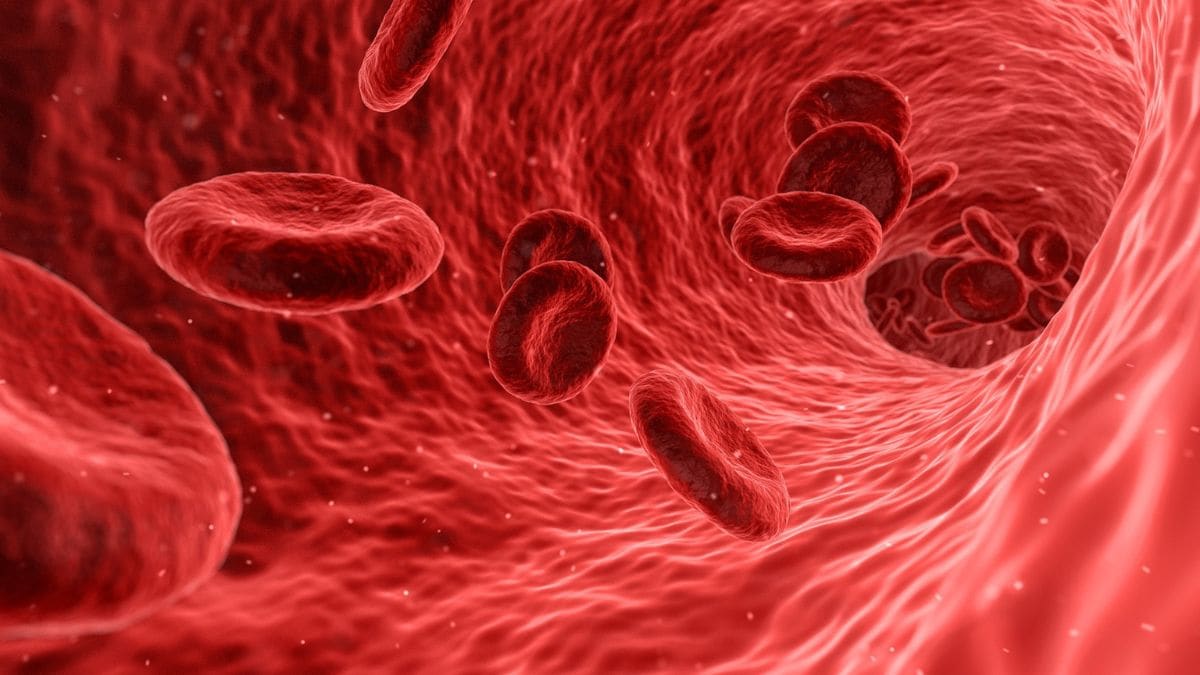
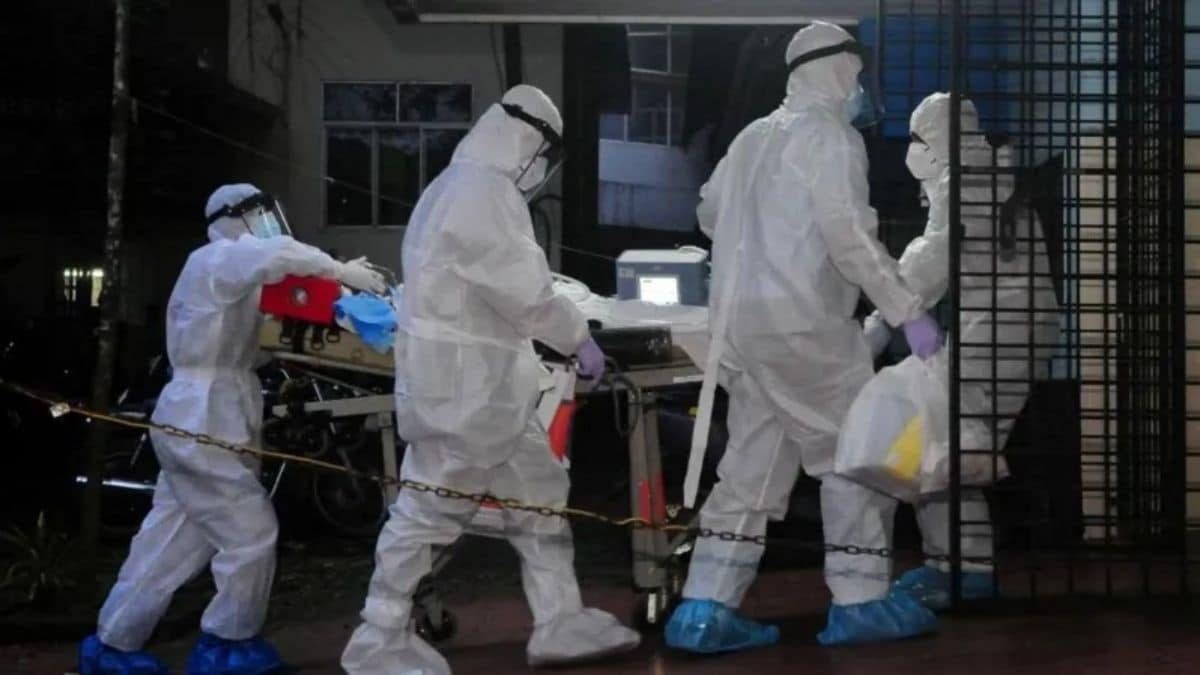
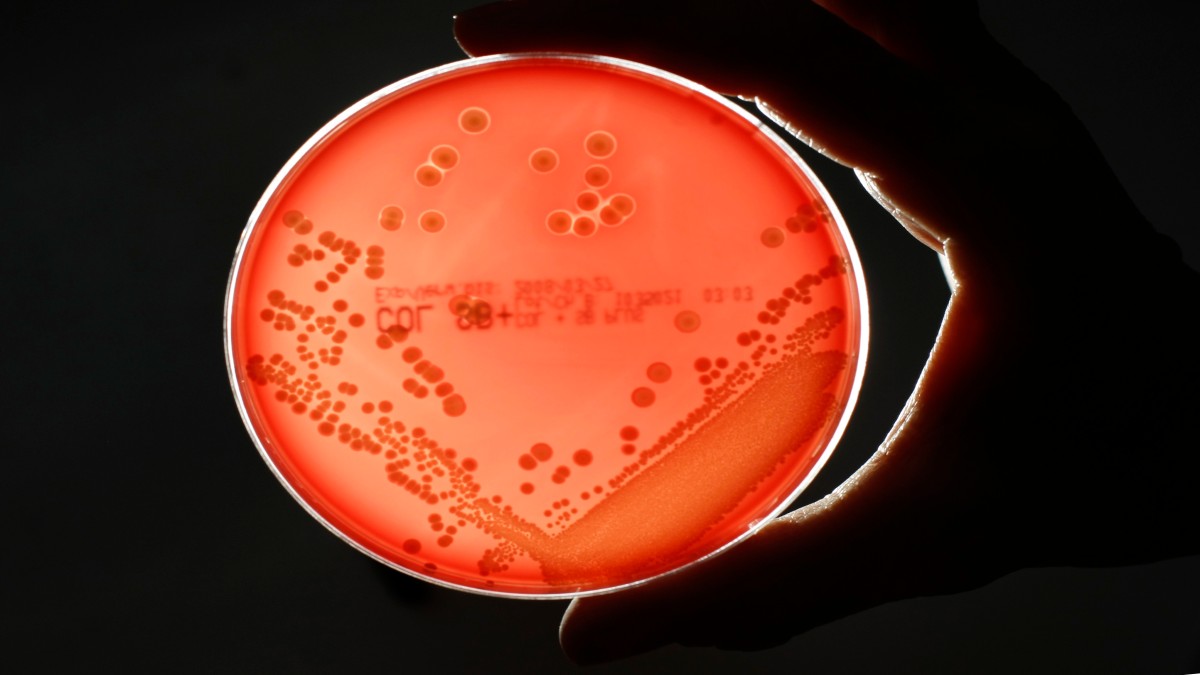
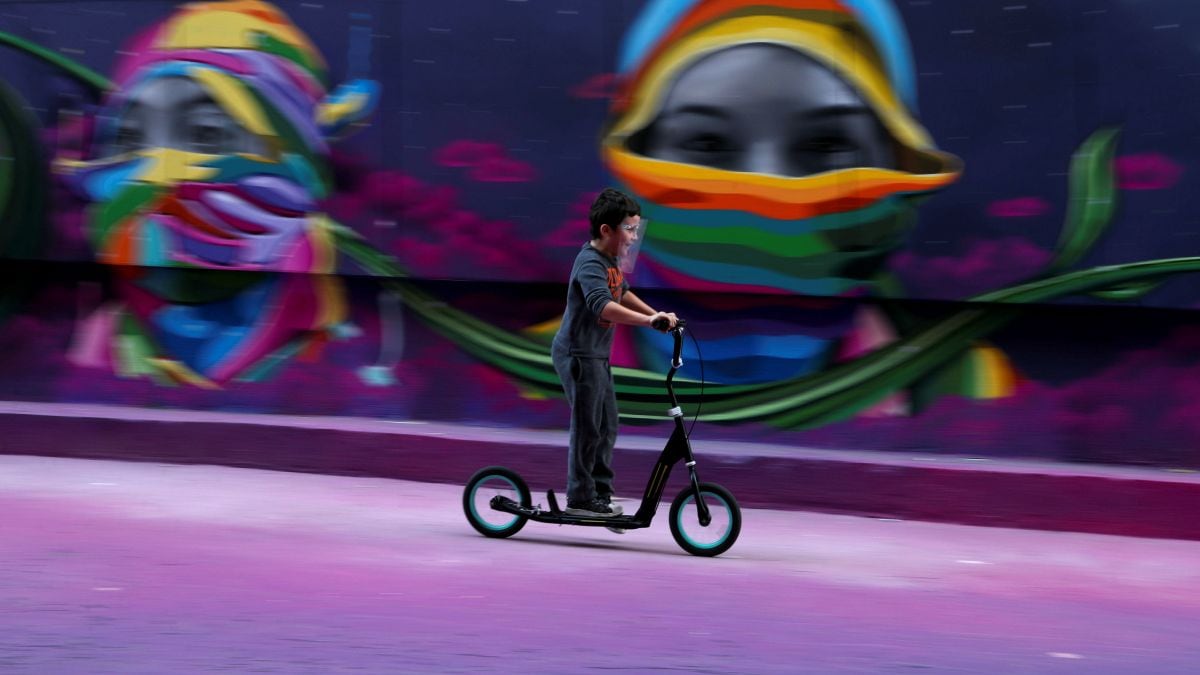




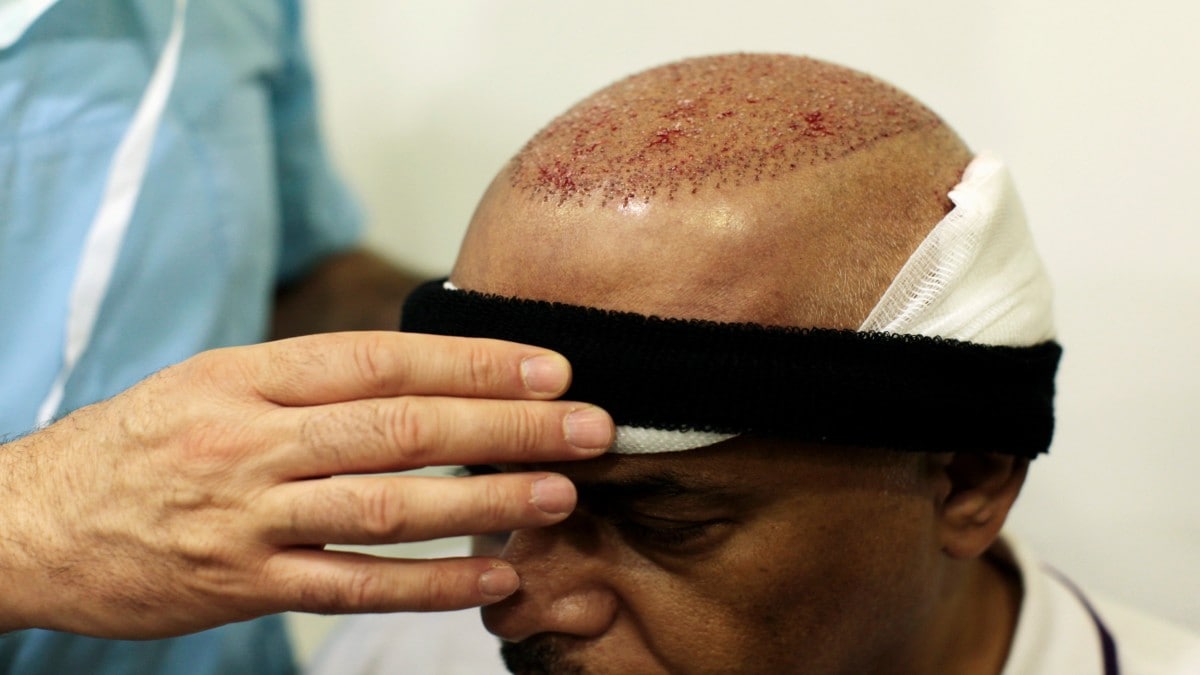





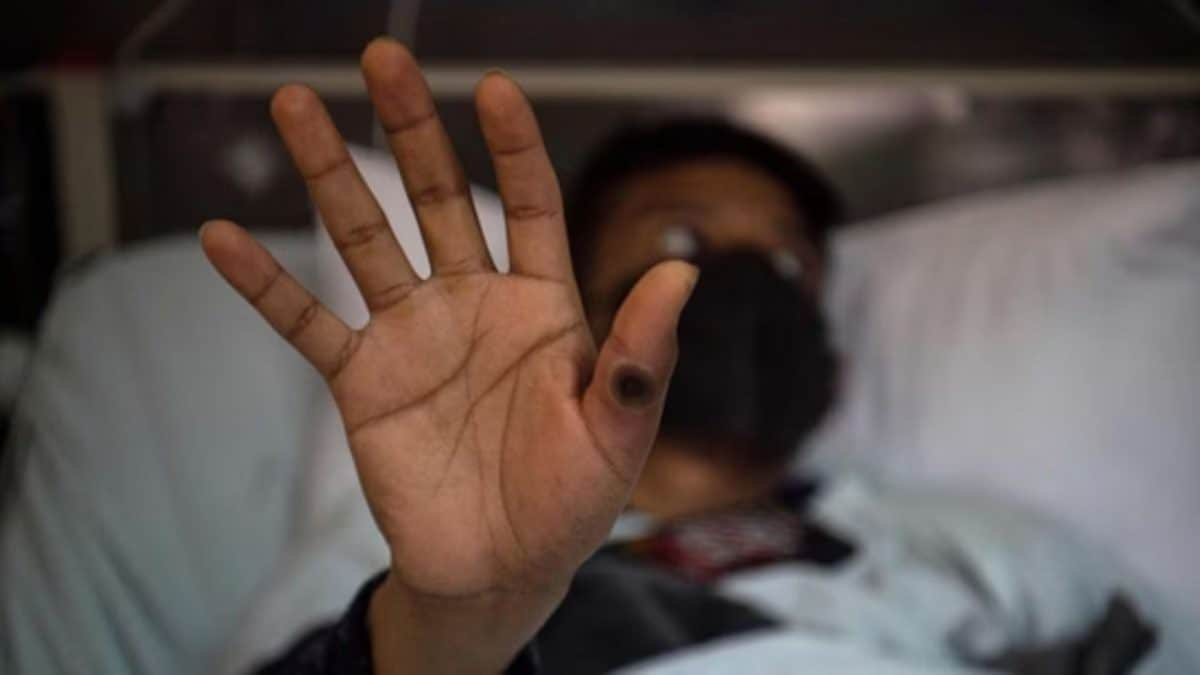


)
)
)
)
)
)
)
 English (US) ·
English (US) ·